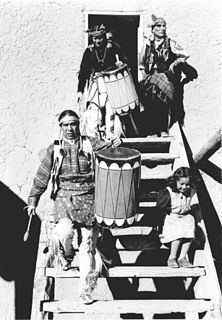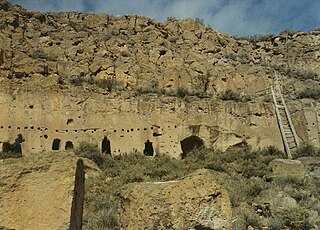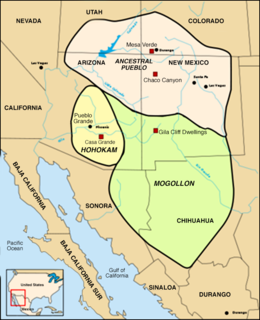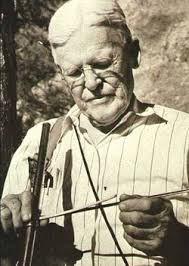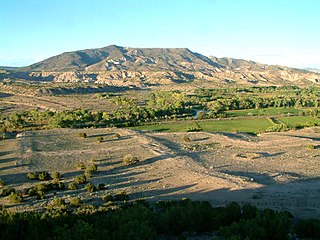This article includes a list of references, but its sources remain unclear because it has insufficient inline citations .(June 2015) (Learn how and when to remove this template message) |
William Boone Douglass was a lawyer, engineer, surveyor, genealogist, and founding President of the Boone Family Association. Earlier in his engineering career, he was active in New Mexico both as an engineer and as an anthropologist.

New Mexico is a state in the Southwestern region of the United States of America; its capital and cultural center is Santa Fe, which was founded in 1610 as capital of Nuevo México, while its largest city is Albuquerque with its accompanying metropolitan area. It is one of the Mountain States and shares the Four Corners region with Utah, Colorado, and Arizona; its other neighboring states are Oklahoma to the northeast, Texas to the east-southeast, and the Mexican states of Chihuahua to the south and Sonora to the southwest. With a population around two million, New Mexico is the 36th state by population. With a total area of 121,592 sq mi (314,920 km2), it is the fifth-largest and sixth-least densely populated of the 50 states. Due to their geographic locations, northern and eastern New Mexico exhibit a colder, alpine climate, while western and southern New Mexico exhibit a warmer, arid climate.
He made a particular study of the prehistoric homes of the Tewa and other Pueblo peoples of New Mexico, and was instrumental in the protection of the shrine on Redondo Peak, sacred to the Pueblo. [1]
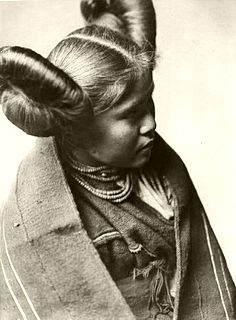
The Tewa are a linguistic group of Pueblo Native Americans who speak the Tewa language and share the Pueblo culture. Their homelands are on or near the Rio Grande in New Mexico north of Santa Fe. They comprise the following communities:
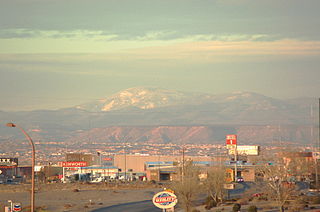
Redondo Peak is a conspicuous summit in the Jemez Mountains of New Mexico, in the southwestern United States. It is located entirely within the Valles Caldera National Preserve. It is the second highest summit in the Jemez after Chicoma Mountain. It is the most visually prominent peak in the range when viewed from the south, for example, from Albuquerque. From many other directions it is less prominent or not visible, due to its location in the center of the Valles Caldera, well away from the Caldera's rim.
On August 14, 1909, Douglass, then Examiner of Surveys of the General Land Office, discovered the world’s greatest natural bridge, in southern Utah, which he named "The Rainbow Natural Bridge." [2]

Rainbow Bridge National Monument is administered by Glen Canyon National Recreation Area, southern Utah, United States. Rainbow Bridge is often described as the world's highest natural bridge. The span of Rainbow Bridge was reported in 1974 by the Bureau of Reclamation to be 275 feet (84 m), but a measurement of span according to definition by the Natural Arch and Bridge Society in 2007 resulted in a value of 234 feet (71 m). At the top it is 42 feet (13 m) thick and 33 feet (10 m) wide. The bridge, which is of cultural importance to a number of area Native American tribes, has been designated a Traditional Cultural Property by the National Park Service.

